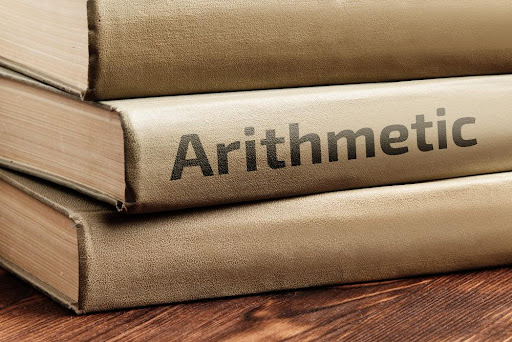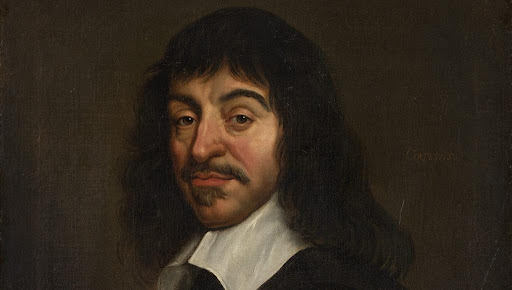Rene Descartes is remembered for making a great contribution to modern geometry and algebra. Born in 1596, his contribution to philosophy made western philosophy and math thrive. Due to this, he is acknowledged as the father of today’s philosophy. He gained another title as the founder of modern analytical geometry.
Descartes successfully bridged algebra with geometry. This foundation was later used to develop calculus and analysis. He explained how geometrical shapes could be used to explain algebraic equations. He broke off from the traditional way of explaining things and began using science. His achievements are used in both physics and math to date.
Discovery of the Cartesian Coordinates
One of the major math contributions that Rene Descartes made is Cartesian Coordinates. He explained how the location of a place could be measured by the use of coordinates. He used perpendicular lines that intersect at the origin to represent the distances. This concept was developed further by other math professionals many years later. Each coordinate is described through a horizontal and vertical number.
Both lines cross at one point, which Rene Descartes called the origin. From this point, he would successfully measure both the X and the Y axis or locations. The origin determines if a location is positive or negative. Today, Cartesian Coordinates is used in modern engineering, physics, and astronomy. Computer graphics and geometry-based data processing use Cartesian Coordinates.
The impact of René Descartes’ contribution to mathematics is significantly felt to date. It’s nearly 400 years later, but students still struggle to understand the concepts. Algebra, calculus, and geometry are specifically challenging for many students. Keeping focus and working on problems can help you learn math fast. If you need to learn better, spend time reading step-by-step solutions from experts. You will get all the solutions you need from algebra 1 problems and answers on PlainMath. The algebra math questions and answers are prepared by experts to help you learn math without facing any challenges.

The Rule of Signs
Analytical geometry was not a priority for Rene Descartes. However, some of the concepts prompted the development of other concepts that were interrelated. One of the concepts was the Rule of Signs. It was used to determine if a number was positive or negative. This rule was adopted for use when showing superscript or subscript powers. The concept is used when determining the total real zeros in a polynomial function.
The father of analytical geometry
Geometry is used in a wide range of cases. In science, it is used to measure distances between planets and stars. It is used to determine magnetic and electric influence in an area. It all started in the 1630s when Rene Descartes began using Viete algebra. In the process, he discovered geometry could be used to determine varying distances.
He began studying complex geometry using curves. He insisted on the need to use algebraic curves to study non-static distances. His emphasis was that the relationship between x and y dictates the curve. Analytical geometry formed the basis for calculus. The algebra concept was developed by Archimedes around 285 – 212 BC. These concepts were useful later when formulas for calculating the area of cylinders were developed.
Geometrical Calculus
Rene Descartes was instrumental in the development of Geometrical Calculus. This is a math concept that brings together geometric algebra, differentiation, and integration. While algebra focused on equations, calculus focused on functions and rate of change. Differentiation calculates the rate of change in a function. Integration calculates the area covered by a curve in a function. Analytical geometry is the foundation of Calculus and its concepts.
Calculus is considered a hard math topic, but it’s easy if you understand algebra. Before the development of geometrical calculus, distances were measured on static objects. Calculus helped measure the distances of moving objects. For example, the planets are constantly moving around the sun. If a spaceship is moving from the earth to planet X, its distance will keep changing. Math experts need to calculate the exact distance it will be by the time the ship lands. Without geometrical calculus, the spaceship will miss the target by millions of miles.
Conclusion
Rene Descartes is considered the father of modern philosophy. He is also acknowledged as the father of modern mathematics. His major contribution to math was the invention of the Cartesian coordinate system. He later developed analytical geometry, calculus, and algebra. His influence in math is used to date in the growth of modern physics. He developed the law of movement of objects in a straight line. His math concepts were developed further years later by other experts.







